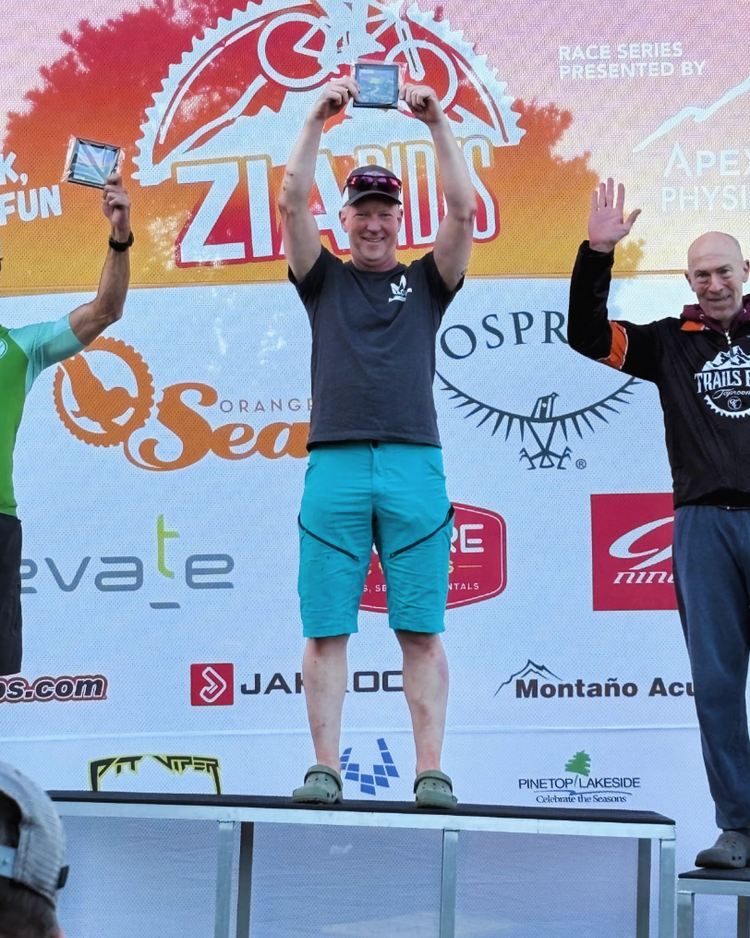Pacing Isn’t Holding Back—It’s Knowing When to Strike
Pacing is one of the most misunderstood skills in endurance sport. It’s not about going slow—it’s about choosing when to go fast, with intention.
In a recent video, pro triathlete Lionel Sanders reflected on a tough race and shared a surprising takeaway:
“I just didn’t have any urgency.”
He wasn’t talking about blowing up early. He was talking about something more subtle—getting too comfortable. He lacked the sharpness and awareness to strike when it mattered.
At Mach1 Performance, we see this all the time. Because true pacing strategy isn’t just about numbers on a screen—it’s about execution under pressure.
Case Study: Mach1 Athlete Scott
🥇 1st Place – Royal Gorge Groove 6-Hour MTB
Cañon City, Colorado
Scott raced with precision, poise, and a killer instinct. His pacing was textbook: controlled early, aggressive late.
“I felt more urgency every lap after the first and was constantly surprised at how much power I had. I never crushed the climbs—just kept a smooth, steady power. As soon as the trail flattened out or rolled, I pushed hard. Nobody could keep up all day. It felt really good!”
- Scott Sanders, Mach1 Performance Athlete
This is the balance we train for:
✅ Strategic restraint at the start
✅ Tactical urgency mid-race
✅ Endurance that holds to the finish line
The result? A breakthrough performance—and the top step of the podium!
🎯 What real pacing looks like
Pacing isn’t passive. It’s:
Knowing your limits—and how to push them
Fueling and hydrating to execute, not just survive
Responding to the race—not reacting emotionally
Finishing strong when others are fading
At Mach1 Performance, we build this into every training block: endurance durability, mid-ride surges, fueling practice, and mental cues that help you strike when the moment calls for it.
Because your power means nothing if you don’t know when—or how—to use it.
👉 Want to build the kind of pacing instincts that lead to personal bests? Let’s talk.


